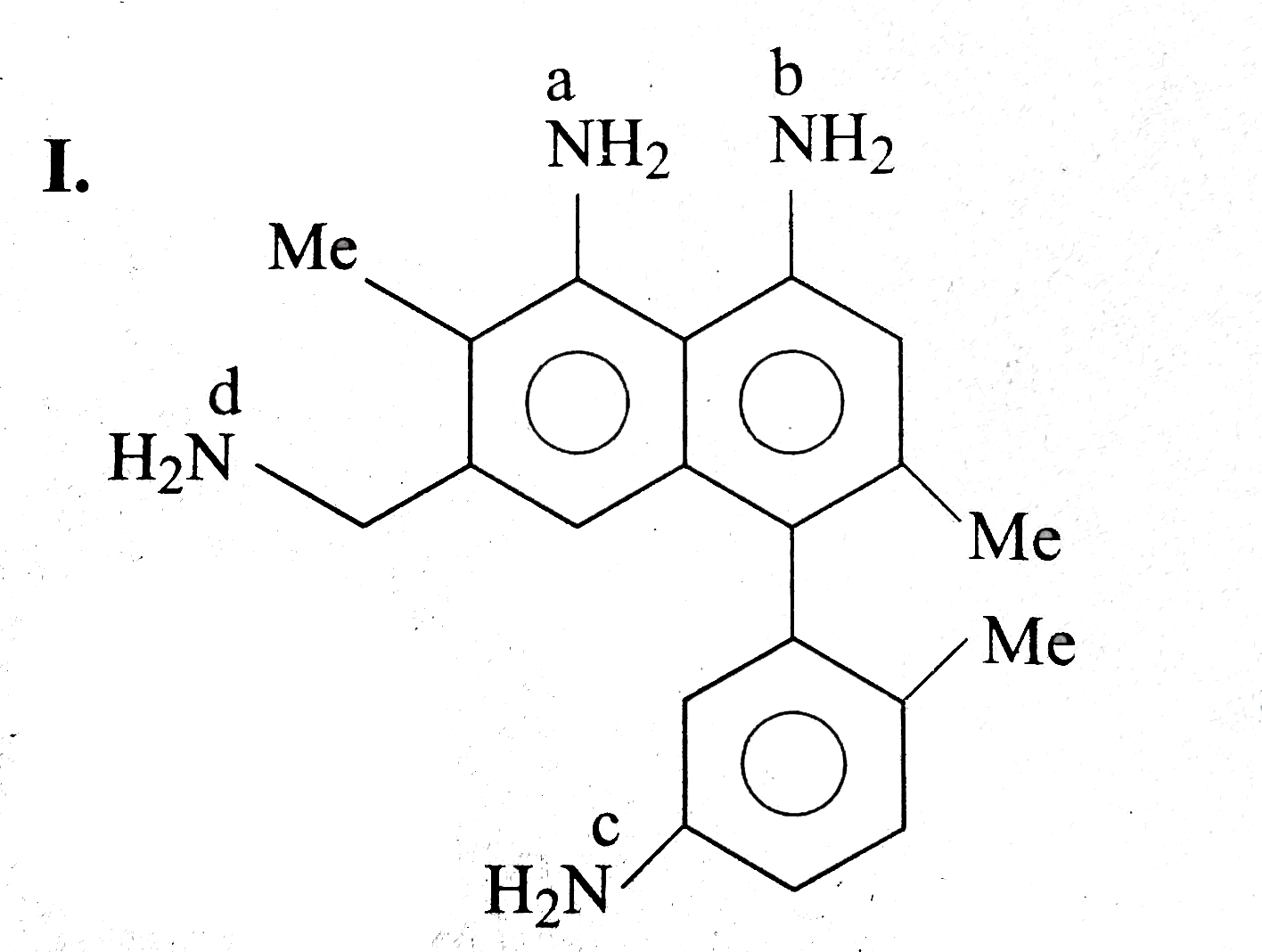The correct order in which the dimensions of ''time'' decreases in the following physical quantities is
(A) Stefan's constant
(B) Coeffecient of volume expansion
(C ) Work
(D) Velocity gradient
D, B, C, A
B, D, C, A
A, B, C, D
B, C, D, A
The correct Answer is:B
To solve the problem of determining the correct order in which the dimensions of "time" decrease in the given physical quantities, we will analyze each option step by step.
Step 1: Analyze Stefan's Constant (Option A)
Stefan's constant is given by the formula:
σ=Et⋅A⋅T4
Where:
- E is energy (dimensions: ML2T−2)
- t is time (dimensions: T)
- A is area (dimensions: L2)
- T is temperature (dimensions: K)
Now, substituting the dimensions:
σ=ML2T−2T⋅L2⋅K4=M1L0T−3K−4
Thus, the dimensions of Stefan's constant are:
(M1L0T−3K−4)
Here, the exponent of T is −3.
Step 2: Analyze Coefficient of Volume Expansion (Option B)
The coefficient of volume expansion is defined as:
β=ΔV/V0ΔT
Where:
- ΔV is the change in volume (dimensions: L3)
- V0 is the original volume (dimensions: L3)
- ΔT is the change in temperature (dimensions: K)
Thus, the dimensions are:
β=L3/L3K=K−1
So, the dimensions of the coefficient of volume expansion are:
(M0L0T0K−1)
Here, the exponent of T is 0.
Step 3: Analyze Work (Option C)
Work is defined as:
W=F⋅d
Where:
- F is force (dimensions: MLT−2)
- d is displacement (dimensions: L)
Thus, the dimensions of work are:
W=MLT−2⋅L=ML2T−2
Here, the exponent of T is −2.
Step 4: Analyze Velocity Gradient (Option D)
The velocity gradient is defined as:
Velocity Gradient=ΔvΔx
Where:
- Δv is change in velocity (dimensions: LT−1)
- Δx is change in distance (dimensions: L)
Thus, the dimensions are:
Velocity Gradient=LT−1L=T−1
So, the dimensions of the velocity gradient are:
(M0L0T−1)
Here, the exponent of T is −1.
Step 5: Summarize the Dimensions
Now we summarize the dimensions of T for each option:
- Stefan's Constant (A): T−3
- Coefficient of Volume Expansion (B): T0
- Work (C): T−2
- Velocity Gradient (D): T−1
Step 6: Order the Dimensions
Now we can order the dimensions of time from highest to lowest:
1. Coefficient of Volume Expansion (B): T0
2. Velocity Gradient (D): T−1
3. Work (C): T−2
4. Stefan's Constant (A): T−3
Final Answer
The correct order in which the dimensions of "time" decreases is:
B, D, C, A (or Option 1: DBCA)
---
Stefan's constant is given by the formula:
σ=Et⋅A⋅T4
Where:
- E is energy (dimensions: ML2T−2)
- t is time (dimensions: T)
- A is area (dimensions: L2)
- T is temperature (dimensions: K)
σ=ML2T−2T⋅L2⋅K4=M1L0T−3K−4
Thus, the dimensions of Stefan's constant are:
(M1L0T−3K−4)
Here, the exponent of T is −3.
The coefficient of volume expansion is defined as:
β=ΔV/V0ΔT
Where:
- ΔV is the change in volume (dimensions: L3)
- V0 is the original volume (dimensions: L3)
- ΔT is the change in temperature (dimensions: K)
β=L3/L3K=K−1
So, the dimensions of the coefficient of volume expansion are:
(M0L0T0K−1)
Here, the exponent of T is 0.
Work is defined as:
W=F⋅d
Where:
- F is force (dimensions: MLT−2)
- d is displacement (dimensions: L)
W=MLT−2⋅L=ML2T−2
Here, the exponent of T is −2.
The velocity gradient is defined as:
Velocity Gradient=ΔvΔx
Where:
- Δv is change in velocity (dimensions: LT−1)
- Δx is change in distance (dimensions: L)
Velocity Gradient=LT−1L=T−1
So, the dimensions of the velocity gradient are:
(M0L0T−1)
Here, the exponent of T is −1.
Now we summarize the dimensions of T for each option:
- Stefan's Constant (A): T−3
- Coefficient of Volume Expansion (B): T0
- Work (C): T−2
- Velocity Gradient (D): T−1
Now we can order the dimensions of time from highest to lowest:
1. Coefficient of Volume Expansion (B): T0
2. Velocity Gradient (D): T−1
3. Work (C): T−2
4. Stefan's Constant (A): T−3
The correct order in which the dimensions of "time" decreases is:
B, D, C, A (or Option 1: DBCA)
Similar Questions
The correct order in which the dimensions of time decreases in the following physical quantities
A) Power
B) Modulus of elasticity
C) Moment of inertia
D) Angular momentum
View SolutionThe correct order in which the dimensions of 'Length" increases in the following physical quantities is
A) Permittivity
B) Resistance
C) Magnetic permeability
D) Stress
View Solution
Knowledge Check
Which of the following is not a scalar quantity ? a) temperature b) Coefficient of friction c) charge d) Impulse
ATemperatureBCoefficient of frictionCChargeDImpulseWhich of the following quantity remains constant in a uniform circular motion:
(a) velocity
(b) speed
(c) acceleration
(d) both velocity and speedAvelocityBspeedCaccelerationDboth velocity and speed
Which of the following physical quantities is an axial vector ? (a) momentum (b) torque (c) tempreture
View SolutionOut of the following the correct order of dimensions of mass increases is
(A) Velocity (B) Power
(C ) Graviational Constant
View SolutionWhich of the following physical quantities represent the dimensions of ba in the relaction P=x2−bat , where p is power x is distance and t is time
View SolutionClassify the following as scalars and vector quantities: a.Time period b. Distance c. Displacement d.Force e. Work f. Velocity g.Acceleration
View SolutionName the physical quantities which are measured in the following units:
(a)u , (b) ly , (c ) ns , (d) nm
View SolutionGive the decreasing order of basic character at a,b,c,d in the following compounds :
 .
.
View Solution
